Inhabited Landscape
Authors
Obras architectes
Marc BIGARNET (FR)
Frédéric BONNET (FR)
Clients
Generalitat Valenciana, Direccion de Urbanismo, Transportes y Obras Publicas
City of Alicante
Competition team
Marc BIGARNET (FR)
Frédéric BONNET (FR)
Almicar DOS SANTOS (PT)
Frank NEAU (FR)
Antonio MORALES LINARES (ES)
Europan 3 Alicante
runner-up
1994
The project takes a global landscaping approach, where "living" takes place within a space of interiority, shady rooms and sunny terraces, but also ubiquitous squares, streets and gardens. The buildings and park are discreetly designed to accommodate a landscape that can be lived with and experienced through five types of different gardens within the site boundaries, along the "torrent of the street”, which leads from the square to the castle and to different parts of the hill.
An unusual landscape, which often recalls distant features of the Mediterranean landscape.
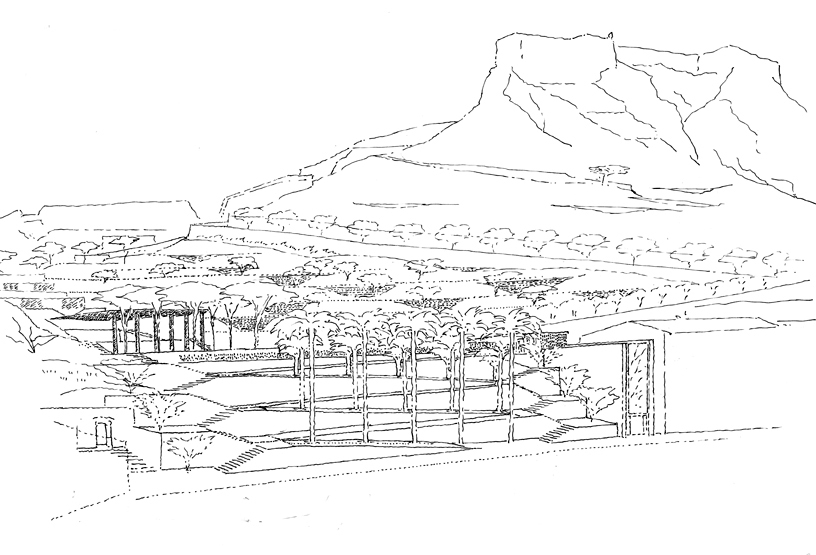
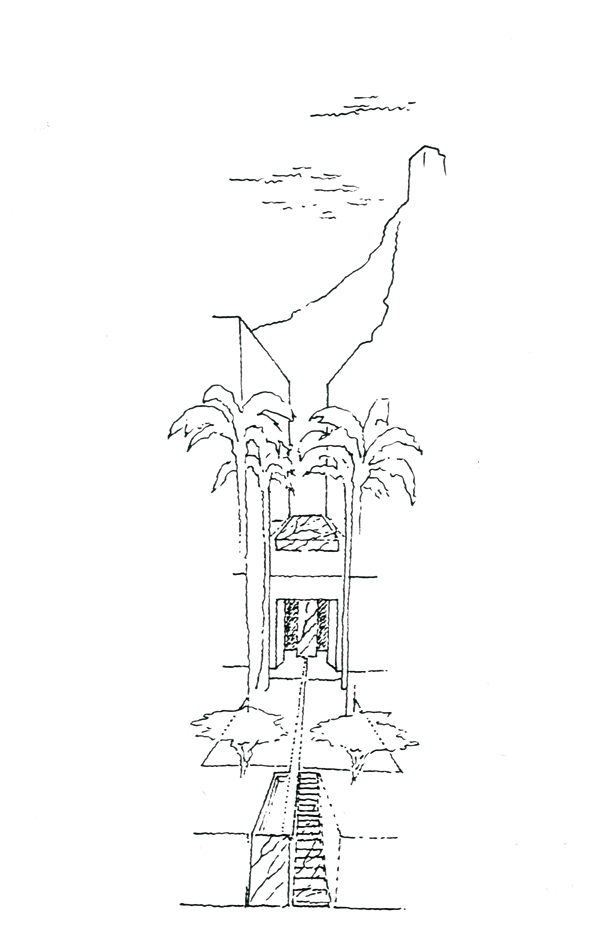
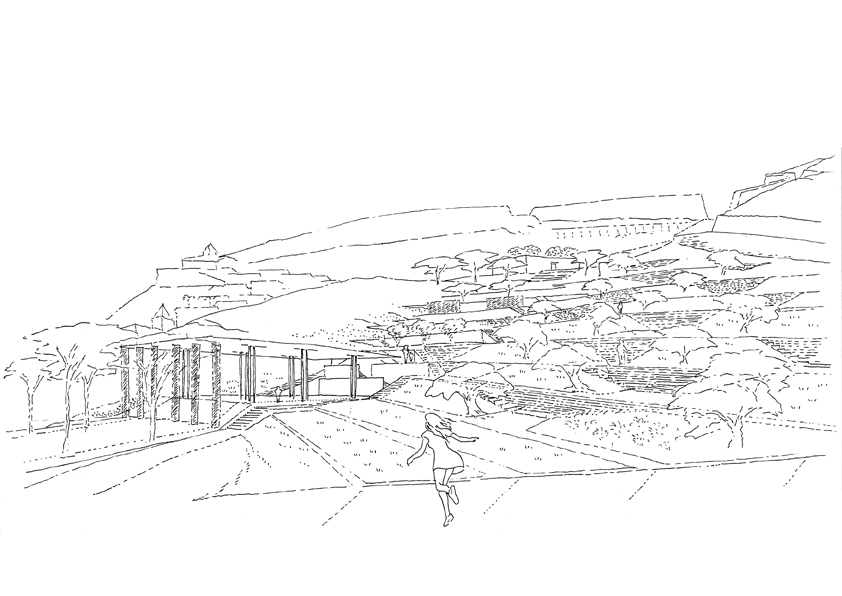
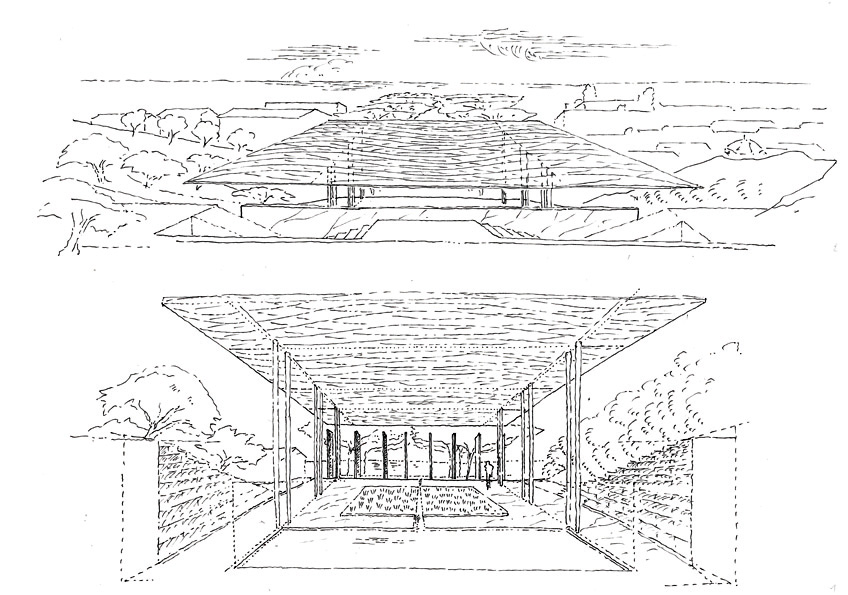
1994-1999
Following the competition, the city of Alicante commissioned the team for the building of the city centre park on a 7 ha plot between the historic town and the old castle walls. The housing on Plaza Carmen was left for a different project.
An initial study was conducted with the Client, defining the extent, programme and cost of the operation.
This design locates the park within a larger programme, linking it with the renewal dynamic of the dense centre.
The project encompasses three major principles:
- Maintain the "raw" appearance of the hill, as emblematic of the city of Alicante. For this purpose, use vegetation appropriate to the site, and materials that match the colour of the rock.
- Restore this previously neglected locality, overlooking the sea and the port, and use the park to link the different parts of the city.
- Turn the technical infrastructures (waterworks, earthworks) into leisure features: gardens, esplanades, paths, terraces.
In architectural terms, the park contains 4 buildings: a restaurant, a cafeteria, a maintenance facility and staff premises. The stone, wooden and painted concrete buildings are embedded in the slope.
The principles of the project were discussed by all the city and regional stakeholders. A joint approach, agreed by everyone, was gradually established for the rehabilitation of this long neglected hill.
During the lengthy research phase, the architects acquired genuine skills in landscape design. They looked for local vegetation suited to the difficult terrain. The hill terrain was dry and ill-suited for gardens: strong residues of human presence (erosion, waste); south-west facing and sun-drenched, leached and infertile chalky soil, with very low rainfall (260 mm per year in bursts) and a strong sea wind.
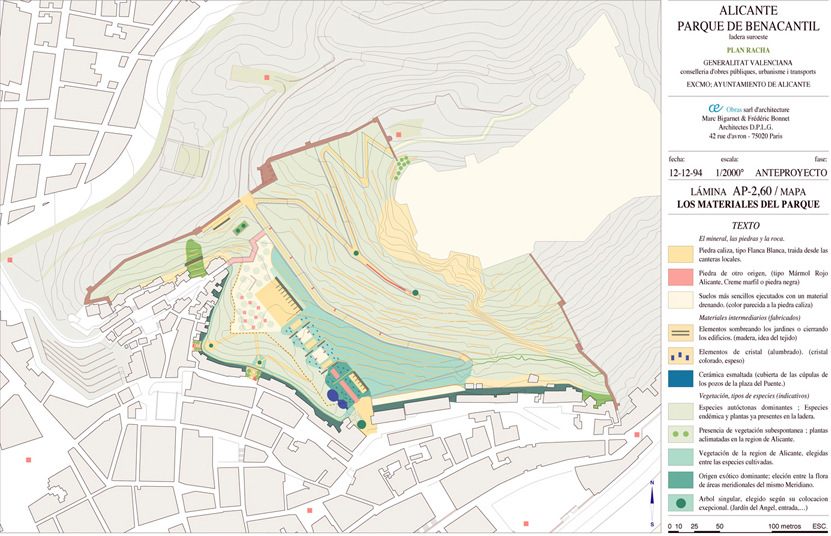
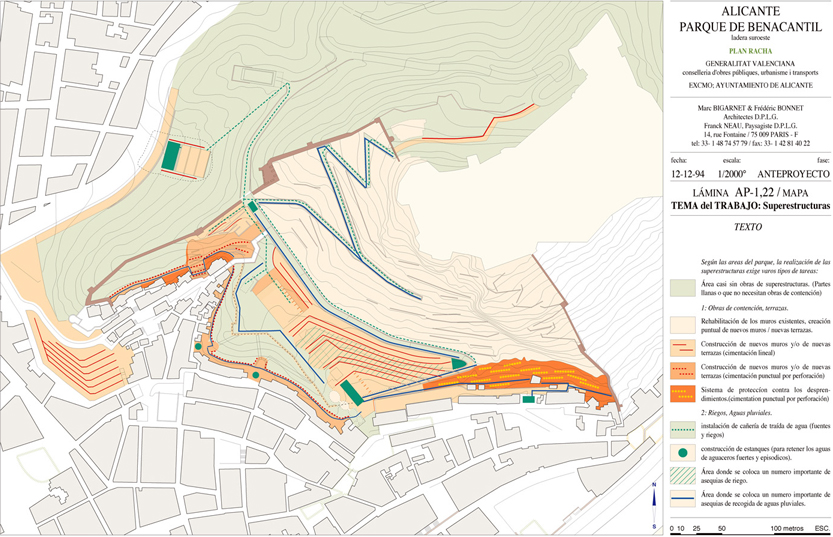
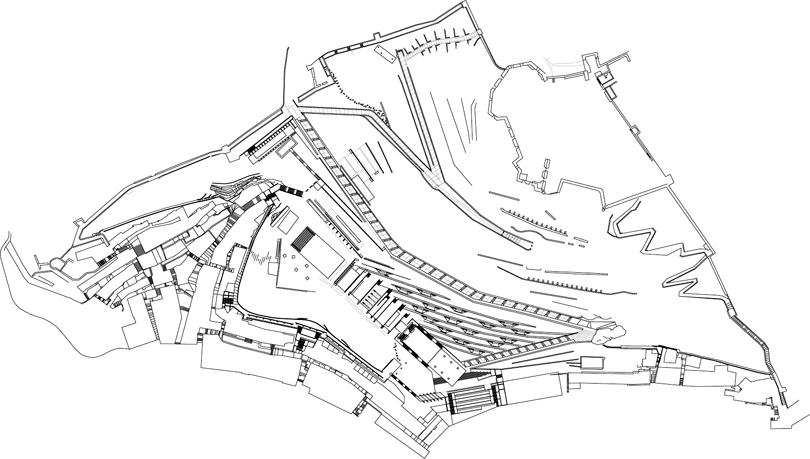
2000-2003
Building began in February 2000 and lasted 26 months. It proceeded smoothly, with great commitment by the contractors.
The foreign architects were further commissioned to manage the work, and were helped by a local architect throughout this phase.
The work cost €10,869,250, a significant investment and evidence of the importance that the region and the city attribute to this natural symbol in the heart of the city.
Today, the park has become a place where the locals can stroll and relax, enjoying the quiet while still experiencing the presence of the city all around and the sea in the distance.
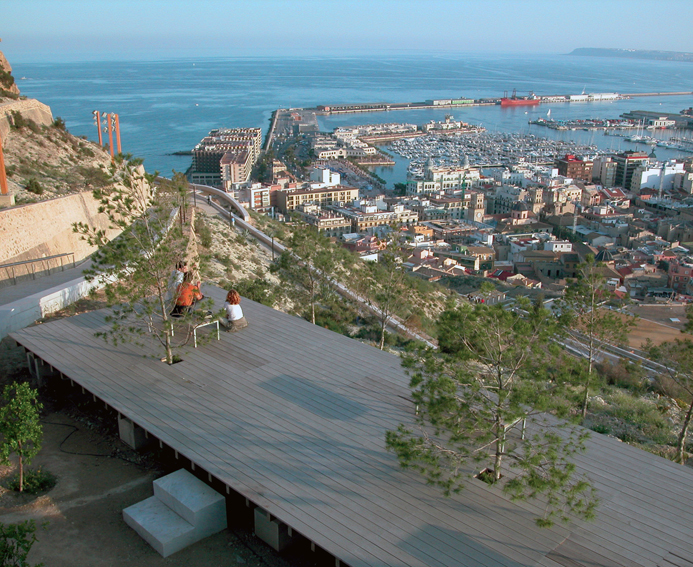
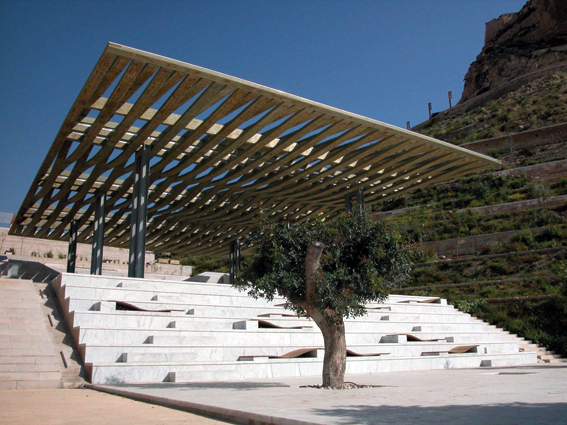
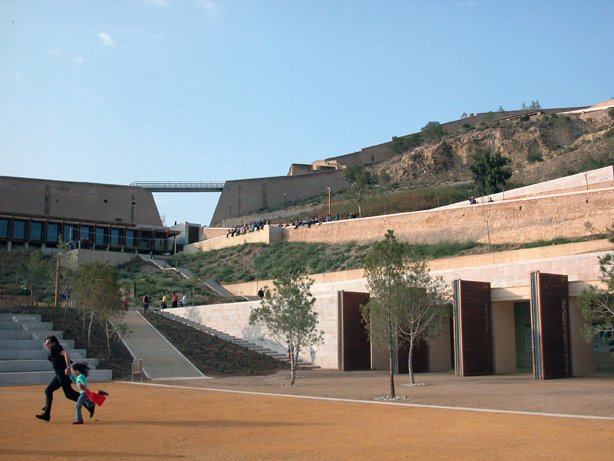
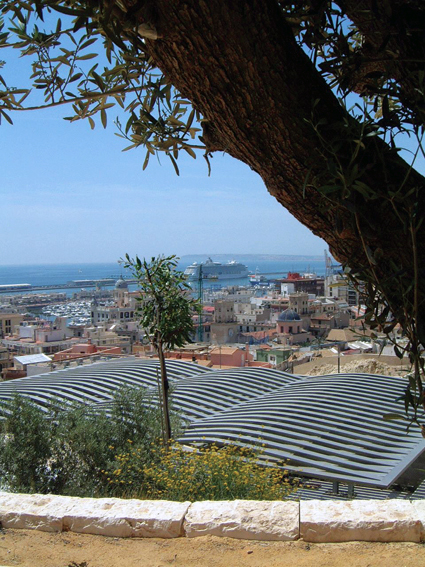
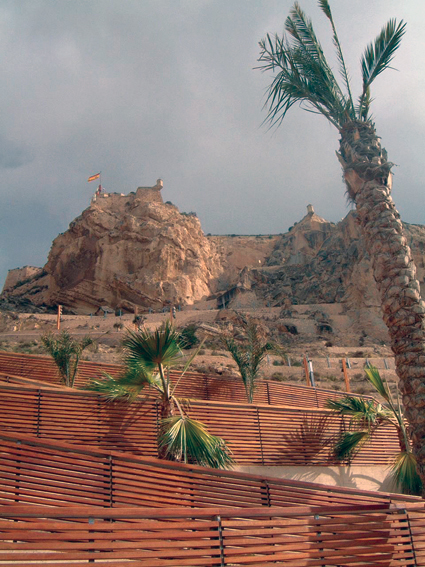
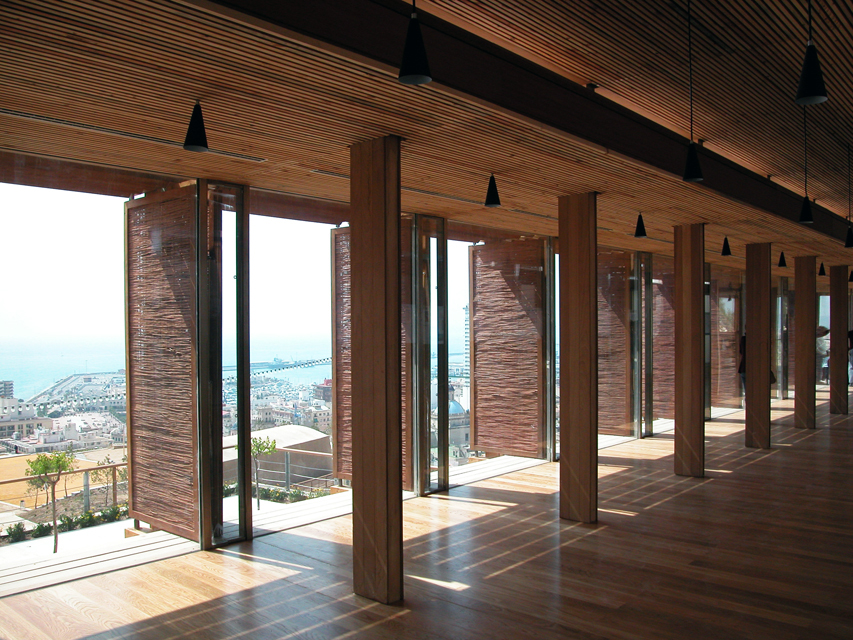
Site informations
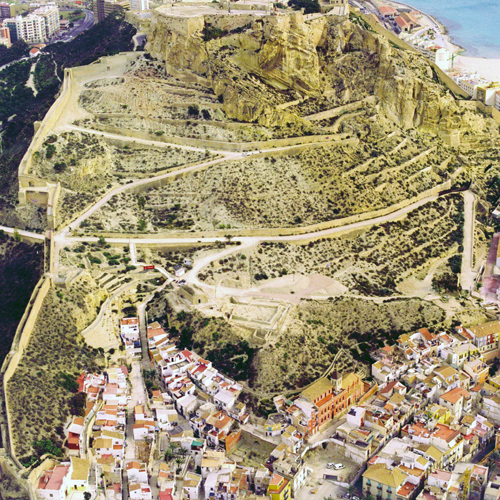
Alicante
Synthetic site file EN